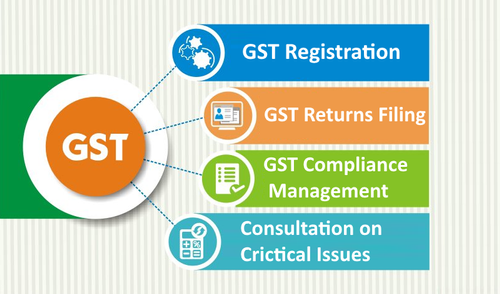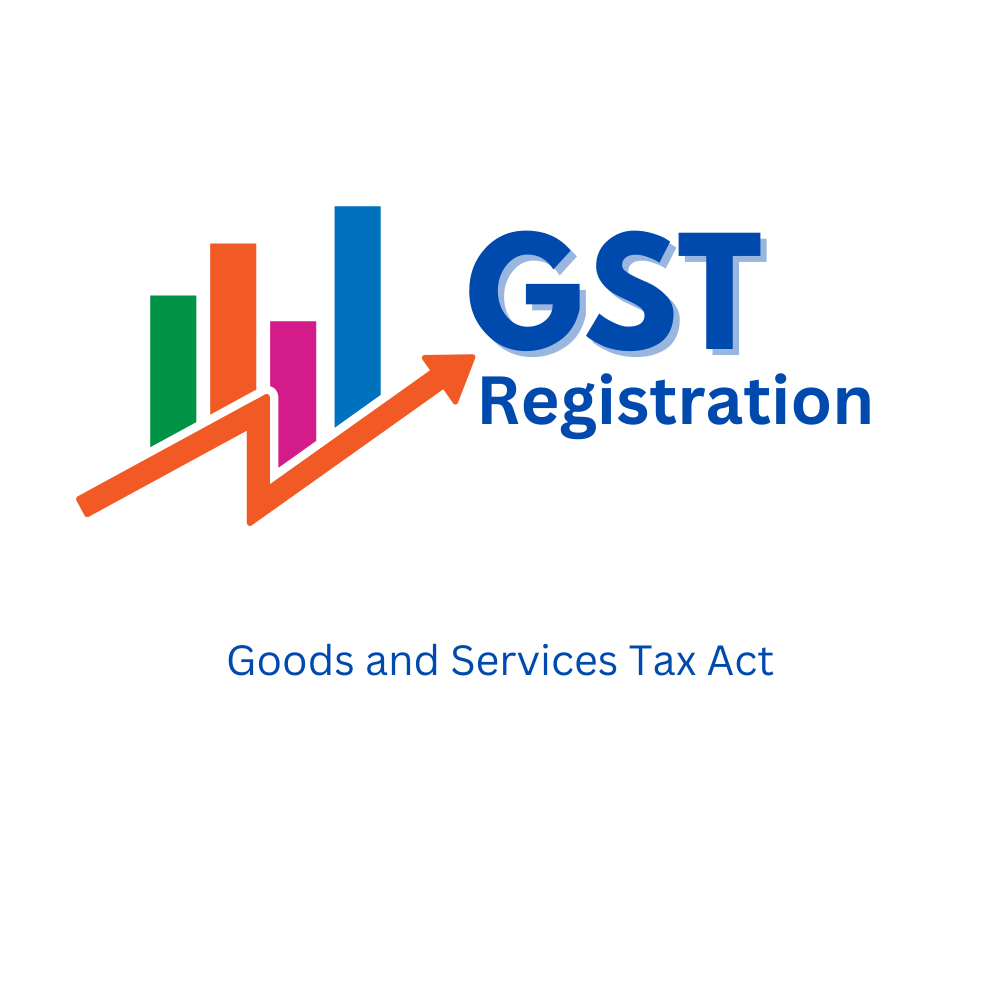The Ultimate Guide to Streamlining the GST Enrollment Process and Demands for Small Business Owners

Understanding GST Essentials
To grasp the fundamentals of the Item and Provider Tax Obligation (GST) system, tiny service proprietors must first understand its underlying principles and effects. GST is a value-added tax levied on many products and services for residential intake. It aims to improve the taxation procedure by replacing multiple indirect tax obligations enforced by the state and central governments. Under the GST regime, organizations are needed to register and accumulate tax on part of the government, guaranteeing openness and conformity.
One of the crucial principles of GST is input tax credit rating, which allows businesses to declare credit history for tax obligations paid on their purchases. This device avoids the plunging effect of tax obligations and advertises effectiveness in the tax obligation system. Additionally, GST is a destination-based tax obligation, implying that the tax is levied at the point of intake instead of the point of origin. This ensures reasonable circulation of tax profits amongst states based on where the solutions or goods are taken in. Recognizing these basic principles is critical for local business owners to browse the intricacies of the GST system and ensure compliance with the legislation.
Qualification Standards for Enrollment
Having actually established a fundamental understanding of GST principles, small service proprietors must currently meet specific eligibility requirements to continue with the registration process (Singapore GST Registration). Businesses that were registered under the previous tax obligation regime (VAT, service tax, and so on) are likewise mandated to register under GST. Farming services that just supply produce out of key manufacturing are exempt from GST enrollment.
Documents Required for GST Registration

Simplified Enrollment Process Steps
Following the collection and confirmation of the requisite files, the enrollment procedure for GST can be browsed Continued via a series of streamlined actions created to facilitate reliable conformity for small company owners. The primary step involves checking out the GST site and choosing the 'New Enrollment' option. Subsequently, the applicant has to fill out Part A of the GST REG-01 kind with information such as frying pan, mobile number, and e-mail address to obtain an OTP for verification. When the OTP is gotten and gotten in, a Short-lived Reference Number (TRN) is created for further proceedings. The following step calls for completing Component B of the type with essential organization details, publishing supporting records, and finishing the verification procedure utilizing DSC or EVC. Ultimately, upon effective confirmation, an Application Reference Number (ARN) is released, indicating the conclusion of the GST enrollment process. By following these streamlined steps, little business proprietors can properly sign up for GST and make sure compliance with tax policies.
Tips for Ensuring Conformity
To preserve governing adherence and operational honesty, diligent oversight and positive measures are essential in making sure compliance with GST requirements for small business proprietors. Small company proprietors need to stay updated with GST guidelines, filing due dates, and any adjustments in tax prices to stay clear of penalties and keep an excellent standing with tax obligation authorities. One important tip for conformity is to keep precise and detailed records of all transactions, including receipts, invoices, and expenses connected to GST. On a regular basis reconciling financial documents with GST returns can help in identifying and remedying any type of discrepancies immediately. Additionally, conducting regular internal audits or looking for expert aid can make sure check here that the business is complying with all GST policies correctly. It is also critical for small company proprietors to invest in GST-compliant accountancy software that can simplify the tax declaring process and minimize mistakes. Participating in GST awareness workshops or training programs can boost understanding and compliance with GST policies, eventually benefiting the company in the lengthy run.
Verdict
In verdict, tiny business owners should comprehend the fundamentals of GST, meet the qualification criteria, collect needed records, and adhere to the streamlined registration process steps to guarantee compliance. By simplifying the GST registration process and requirements, local business proprietors can stay clear of penalties and run their companies efficiently within the legal structure - Singapore GST Registration. It is critical for small company proprietors to remain compliant and informed with GST guidelines to keep an effective organization procedure
Little business owners seeking GST registration should ensure they read what he said gather and send the needed files to complete the registration process effectively. The documents required for GST registration generally include proof of service registration or incorporation, PAN (Irreversible Account Number) card of the organization address, identification and entity proof of the promoters/partners/directors, photographs, address evidence of the location of organization, bank account declarations or terminated cheques, and authorization kinds. Going to GST understanding workshops or training programs can enhance understanding and conformity with GST regulations, inevitably profiting the company in the long run.
By streamlining the GST enrollment process and requirements, small company proprietors can avoid charges and run their services smoothly within the lawful structure. It is critical for tiny organization owners to stay enlightened and certified with GST policies to keep an effective service operation.